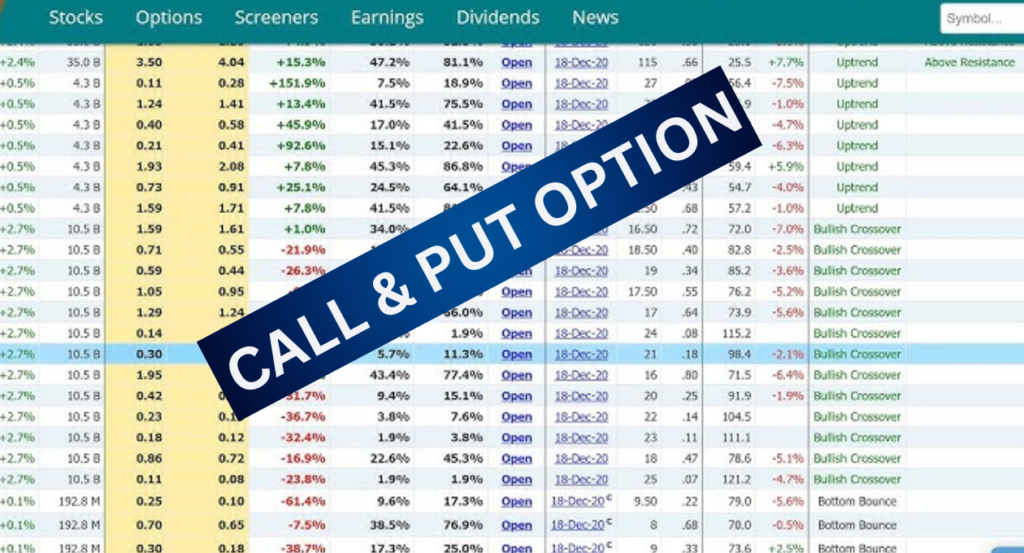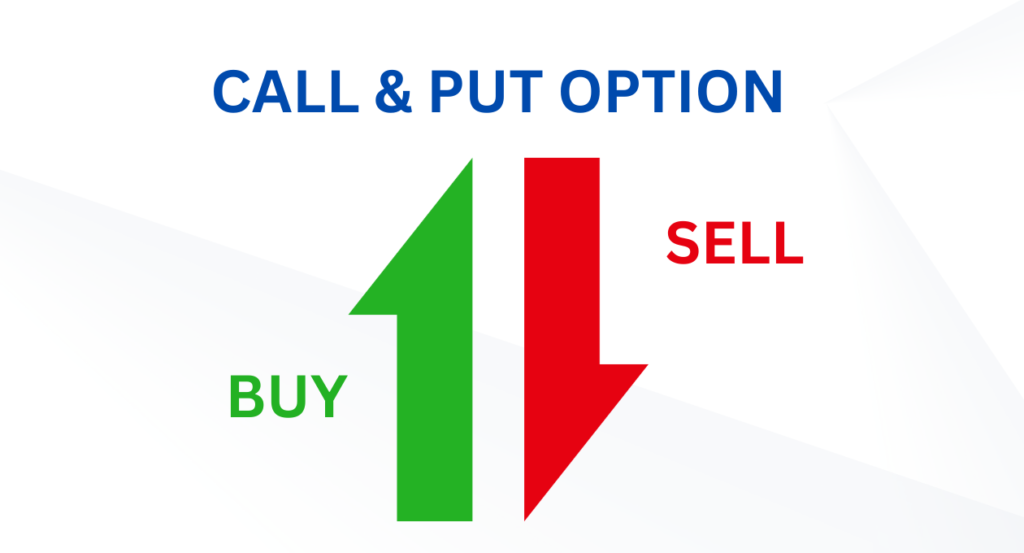You've definitely heard of option trading if you're considering a career in business. It's an intriguing and dynamic aspect of the economy that presents special chances for investors. We'll dive into the complex world of option trading in this post, covering everything from fundamentals to advanced tactics. Now let's take a seat and start exploring the world of possibilities!
Table of Contents
I. Overview
A. Introduction of option trading
Trading options involves buying and selling financial contracts that grant the holder the option—but not the duty—to purchase or sell a security at a fixed price in advance of the contract's expiration date.
B. How important it is to understand options in the financial markets
Options are essential in giving investors the strategic tools they need to manage risk, protect their positions, and possibly increase returns. Anyone trying to understand the intricate world of financial markets has to have a solid understanding of these instruments.
II. What are Options?
A. Overview and description
Dependent contracts, like options, have an underlying assets, such as commodities, stocks, or indexes, which decides their value. Call and put options are the two primary varieties.
B. An explanation of call and put options
Before the option ends, the holder of a call option has the option to purchase the asset at the hitting price, which is an established price. Conversely, put options provide you with a chance to sell an asset at the price that has been established.
C. Various kinds of choices
In addition to the standard call and put choices, there are other techniques that combine these contracts in different ways, providing an extensive variety of methods to approach investing.
III. The Process of Option Trading
A. The fundamentals of trading options
When buying an option, the buyer must pay a premium in exchange for the ability to execute up the contract. Effective trading requires an understanding of the structure, including price strikes and expiration dates.
B. Options' Risk and Reward
A unique risk-reward profile is provided by options. There's a chance to make large profits, but there's also a chance to lose the whole option premium.
C. The function of price strikes and premium
Strike prices establish the price at which the actual asset being traded can be buy or sell, whereas premiums show the expense of an option. Trading results are affected by the connections between these factors.

IV. Advantages of Option Trading
A. Chance of large profits
The potential profits from option trading are sometimes significant and may exceed those from traditional investing.
B. Options-based strategies for hedging
Options allow investors to lower overall risk by hedging against unfavourable price changes in their holdings.
C. Flexibility to market conditions
In a variety of market settings, options can be profitable and give traders the flexibility to adjust to changing conditions.
V. Common Option Trading Strategies
A. The covered call technique
Selling call options versus owned stocks is the basis of this approach, which limits potential upside while producing income.
B. Protection put tactics
Protective puts are used by investors as a hedge against possible drops in the value of their investments.
C. Prolonged strangle and straddle techniques
These include purchasing both call and put options in order to put money on notable price moves, both up or down.
VI. The Risks of Options Trading
A. Risk associated with the market
The price swings of the underlying asset have an impact on option prices. Gaining an understanding of market risk is necessary for profitable trading.
B. The effects of time decay
Options have a limited shelf life, and their value could decrease over time. Trading techniques need to take this into account.
C. The importance of risk mitigation
For option traders to minimise possible losses and protect invested capital, effective risk management is important.
VII. Issues Affecting the Price of Options
A. Base asset valuation
Option prices are primarily determined by the cost of the underlying asset.
B. The role of volatility
Option premiums typically rise in response to greater volatility because they reflect increased market risk.
C. Expiration date
An option's value is influenced by how long it has until it expires; longer expirations usually result in higher premiums.

VIII. How to start Option Trading
A. Selecting a reliable broker
The first step to getting started in the world of option trading is choosing a reliable broker. Choose a platform that offers the tools and resources you need to fulfil your goals.
B. Fundamental actions for beginners
Learn the fundamentals first, practice on simulated trading platforms, and then progressively move on to actual trades if you're a beginner.
C. The value of continuous education
Because option trading is a dynamic activity, it is essential for continued success to stay up to date on market trends, methods, and technology developments.
IX. Actual Case Studies of Successful Option Trading
A. Well-known instances of successful traders
Study the experiences of those who have succeeded by using methodical, strategic option trading.
B. The knowledge obtained from their experiences
Learning from the experiences of successful traders by understanding the ideas and methods that enabled them to succeed.
C. The value of trading disciplines
The most important aspect of effective option trading is discipline. Keep to your plan, control risk well, and refrain from making snap decisions.
X. Typical Errors in Option Trading to Avoid
A. Observing market patterns
Weak analysis and response to market movements may result in lost opportunities or increased danger.
B. ignoring mitigation of risks techniques
Risk management neglect raises the possibility of large losses. Capital preservation should always come first.
C. Making emotional decisions
Emotions may affect reasoning. Discipline is a must for successful option traders, who focus their choices on strategy rather than feelings.
XI. Option Trading's Future
A. Changing patterns and tools
Examine how new trends and developments, such as algorithmic trading and enhanced data analysis, are influencing the future of option trading.
B. Potential difficulties and advantages
As option trading develops further, think about the opportunities and difficulties that can present themselves.
C. The value of available current
It is essential to stay informed of industry advancements in order to succeed in the ever-evolving field of option trading.
XII. Final Thoughts
A summary of the main ideas
An amazing way for investors to control risk, optimise profits, and respond to changing market conditions is through option trading. Success comes from knowing the fundamentals, putting them into practice, and continuing to practice discipline.
B. Promoting additional research
As you start trading options, keep learning, growing, and improving your strategy. There's always more to discover in the huge world of options.
faq's of option trading
A. How much cash is required to begin trading options?
Although the initial cash required for option trading varies, it's best to have enough to properly manage risk.
B. How does trading options impact taxes?
The type of options and the trader's region are two variables that affect the tax implications. Seek guidance from a tax expert for personalised suggestions.
C. Can beginners make money with option trading?
Yes, beginners can succeed in option trading with the right training, experience, and discipline.
D. What are a few suggested sites for learning about trading options?
Numerous books and internet resources are available to help with option trading education. Search for reliable sources and instructional efforts.
E. How can option trading risks minimised?
Effective risk management is essential. Set stop-loss orders, diversify your trades, and avoid from spending in more than you are able to afford to lose.

